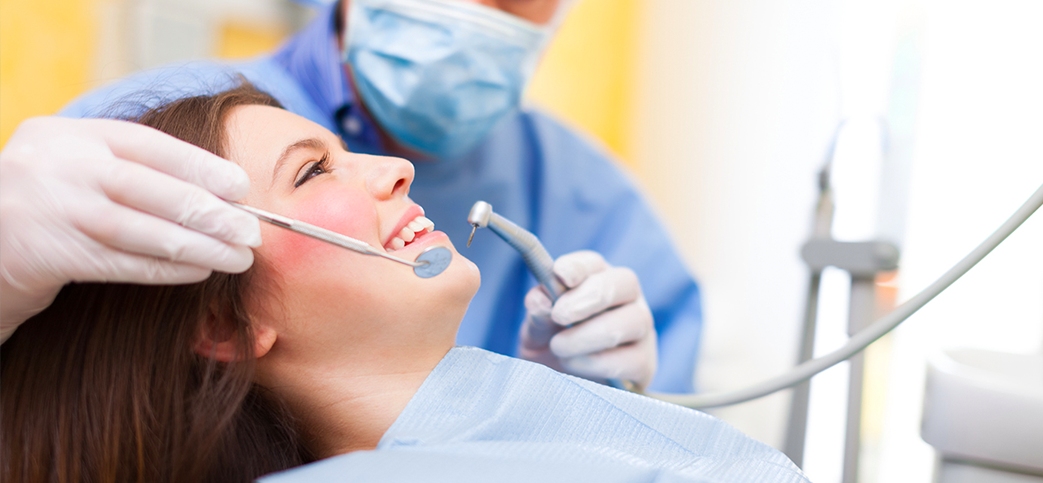What would you say if someone told you that, in the not too distant future, you will be able to print your own teeth? Nope, you’re not reading that wrong. 3D printing technology has already evolved to the extent that most of the painstaking dental restoration work that was done in laboratories is soon to be a thing of the past. It may yet be awhile yet before you will be able to print your own dentures, but the idea is really not that far-fetched, given the current developments in 3D dental printing technology.General dentistry as we know it may someday be radically different.
What will soon be a common practice of the past, when any sort of dental restoration work was required, the dentist would have to take an impression of the affected tooth or teeth. This is, generally speaking, not a comfortable procedure for the patient, but hey, not many dental procedures really are, right? An overly sized tray filled with rather unpleasant, gooey material is introduced into the mouth for the patient to bite down into to create an impression. After some disgusting tasting minutes pass by, the tray is removed and the resulting mold is sent through to a dental labo if the dental implants can’t be performed in-house (which 3D printing will change everything). So upon receipt of the mold, the dental lab tech creates a plaster cast, from which he then painstakingly creates the required custom restoration. Depending on the case, the full procedure from initial appointment, through subsequent fittings and the final version of the implant can easily take up to four weeks. “Ain’t nobody got time for that!”
Well, thankfully, 3D dental printing is beginning to change all of that. Not only is the turnaround time at the dental lab decreased drastically, in some cases, within the same day, but the procedure for modeling the patient’s mouth is a far more pleasant experience. No more gagging and choking on foul tasting impression trays! Now the dentist can use a Chairside Oral Scanner(COS)to image the patient’s mouth. The procedure is done with minimal discomfort, as the only equipment introduced into the patient’s mouth is the scanner. The digital impression is sent immediately to get the printed 3D model which cuts back the time by several days. The quality of the print is a far more accurate model which, in turn, ensures a much better final fitting. Impression materials used in older techniques often leave residue on the teeth reducing the realism of the model and resulting in ill-fitting restorations—plus, they’re just nasty. Not all dental practices will be able to afford 3D printers right off the bat, but most labs likely will. So until practices can have a printer of their own, there will still be time factored in for sending and receiving lab results.
Not surprisingly, the field of orthodontics is also benefiting from the superior models produced by the printers to create superior fitting appliances such as braces and retainers. Move over Invisalign, you’re not the only hot girl at the party anymore—maxillofacial surgeons and dentists are now able to use 3D printed bio-compatible models which provide those transparent braces and teeth correcting sets.
Although 3D printing is not something new, it has opened up a myriad of possibilities in the dental field. The potential of the technology is still in its infancy, with ongoing research and development improving the capabilities of the equipment and the quality of the materials used. Given this it is only a matter of time before the printing of the materials used to create the restorations will become more widely available. Printing a new pair of dentures to replace your old cracked ones, may indeed become a reality in the next few years but no longer at the traditional hefty cost or wait time. Hats off to faster, quality innovation for our teeth with 3D printing!





